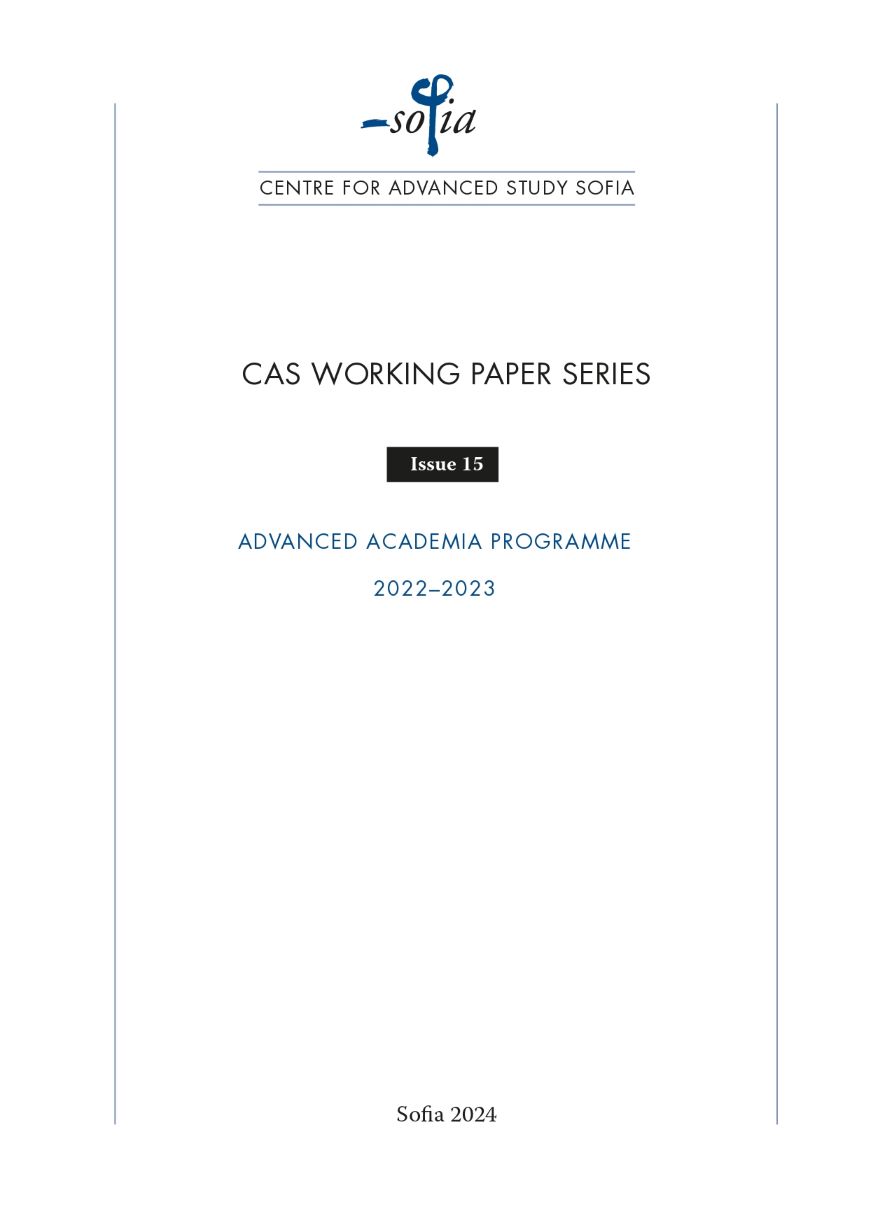Greek and Bulgarian Perceptions of National Catastrophes (1919–1922). A Comparative Approach.
Greek and Bulgarian Perceptions of National Catastrophes (1919–1922). A Comparative Approach.
Author(s): Stamatia FotiadouSubject(s): History, Comparative history
Published by: Centre for Advanced Study Sofia (CAS)
Keywords: national catastrophes; Greece; 1922; Bulgaria; 1919; press; public opinion; perceptions; comparative analysis
Summary/Abstract: This paper undertakes a meticulous examination of the perceptions of “national catastrophes” in Greek and Bulgarian society. Specifically, it scrutinizes two historically significant events: the Second Bulgarian National Catastrophe of 1919 and the Greek national catastrophe of 1922, commonly known as the Asia Minor Catastrophe. In the Bulgarian context, the term “national catastrophe” (natsionalna katastrofa) is consistently employed, encompassing two discrete periods: the Second Balkan War and the ensuing treaties of Bucharest and Constantinople in 1913, as well as the Treaty of Neuilly in 1919. Conversely, in Greece this phenomenon is predominantly referred to as the Asia Minor Catastrophe and, at times, is denoted in the plural form as “catastrophes” to encompass the multifaceted events of the Greek-Turkish war in 1922. The research leans heavily on an analysis of primary sources, namely Bulgarian and Greek newspapers, which serve as invaluable conduits for discerning prevalent public sentiment. It intricately intertwines two pivotal dimensions: first, an intranational analysis delving into how Greek and Bulgarian society individually construed the national catastrophe, and second, a comparative perspective aimed at unearthing both commonalities and disparities.
Journal: CAS Sofia Working Paper Series
- Issue Year: 2024
- Issue No: 15
- Page Range: 1-26
- Page Count: 26
- Language: English

